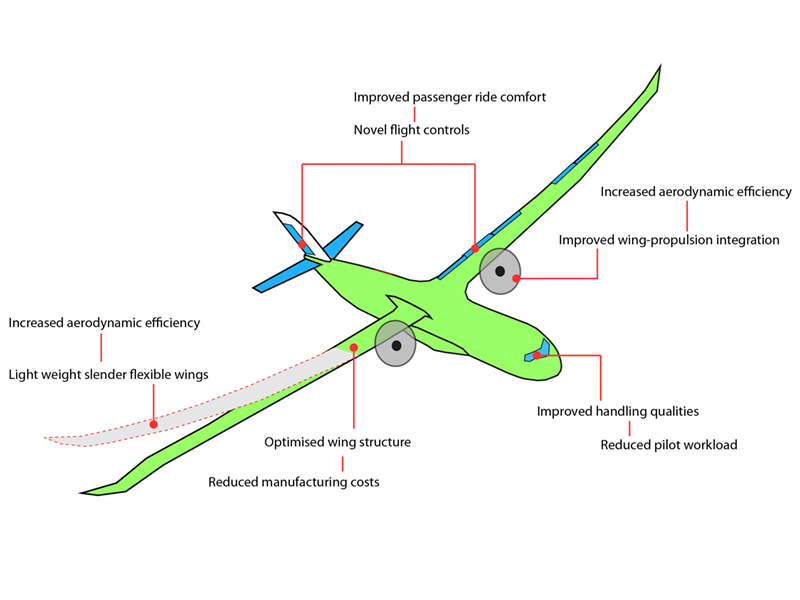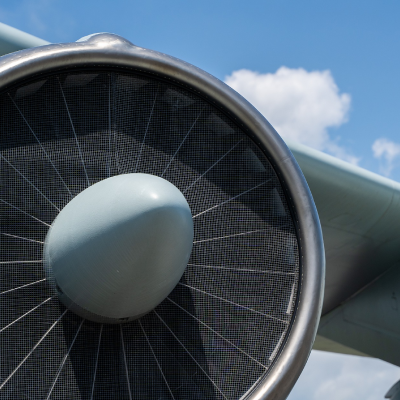We are helping to develop world-changing wing designs and integration capabilities for use during the early phases of the development of new aircraft.
Key Facts
- The near £16 million collaborative research programme of which we are a key partner is known as the Agile Wing Integration (AWI) project. Our share is more than £1.3m which is funded directly from our partners.
- The four-year project, which began in October 2014, is being led by Airbus UK and involves two other institutions, the University of Bristol and Loughborough University.
- It involves a dozen staff from our two campuses from both our Aerospace and Defence and Security specialisms.
- Funded by Airbus / Airbus Group Innovations (AGI), Marshall Aerospace and Defence Group (based in Cambridge), Innovate UK and the Aerospace Technology Institute (ATI) – for the overall project.
Impact of our research
The AWI project promises significant benefits to both future commercial aircraft and the UK aerospace sector. The focus is on producing a step-change in aircraft performance, to change the economics of large aircraft manufacturing and for the UK to become a leading force in wing manufacturing.
Reducing aircraft fuel burn has dual benefits in both reducing emissions (benefiting the environment) and reducing the cost of flying (making air travel more affordable). This is only being improved incrementally as a result of current research efforts. It is hoped our work will improve efficiency by reducing the weight of the wings by up to 20%, as opposed to mere fractions, as well as helping to reduce manufacturing costs in the future.

Why the research was commissioned
Rising fuel costs and environmental targets set by the European Union for the next decade pose real engineering and economic challenges to the future of the UK aerospace industry and the affordability of air travel.
A step-change is needed that transforms the UK’s current aircraft and wing design capability by developing new technologies to counter these economic, engineering and environmental challenges. This will help to protect UK jobs and maintain the country’s current status as the European leader in aerospace engineering.
The majority of past research has only focused on incremental improvements in aircraft performance and it is becoming increasingly difficult to make significant improvements to traditional tube-and-wing aircraft designs.
Why Cranfield?
Areas of research include wing structural and aerodynamic design in an effort to see the feasibility of highly ‘flexible’ aircraft, working in collaboration with Airbus and the University of Bristol. Pilots from our own National Flying Laboratory Centre (NFLC) will use our flight simulators to ‘test’ these research outcomes, beginning in 2017.
More innovative research will investigate the potential benefits of having forward-facing wings and the structural design challenges this might pose. Again, NFLC pilots will be involved in later testing using our flight simulators.
Another element concerns multi-disciplinary optimisation – a joined-up approach to design structure and aerodynamics – and uses our expertise in computational fluid dynamics (CFD).
Facilities used
- Flight simulators
- Wind tunnels
- High performance computing.



